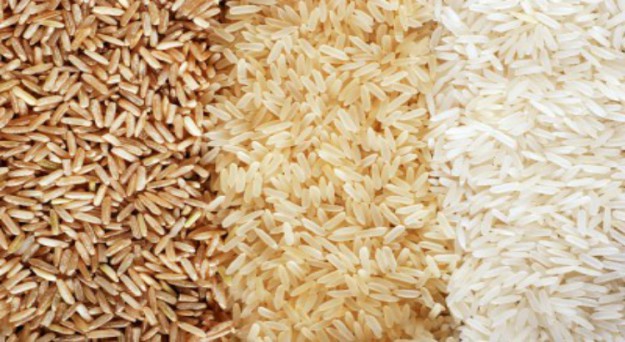What kind of rice should you cook?
mis à jour le 14 July 2015 à 18:31Long, round, basmati, wild, white or brown; it is easy to be lost with the large variety of rice available! Here is our advice for making the best choice from a nutritional and gustative perspective.
There are more than 8,000 varieties of rice available today and all of them are different, both in taste and nutritional composition.
WHITE, SEMI-BROWN OR BROWN RICE?
From a nutritional point of view, opt for semi-brown or brown rice. Besides containing an abundance of key nutrients, these varieties will satisfy your hunger for longer thanks to the amount of fibre they contain. The process of turning brown rice into white rice is known as refining. This eliminates numerous nutritive elements - approximately 67% of vitamin B3 is eliminated, 80% of vitamin B1, 90% of vitamin B6, half of the manganese and the phosphor, 60% of iron, 80% of fibre, and almost all of the essential fatty acids. Nevertheless, basmati rice has a key asset - its glycaemic index is relatively low. This is a good choice for those who are watching their weight, but who are not fans of brown rice.
RICE AND GLUTEN
Contrary to a very widespread and preconceived idea, rice does not contain gluten; therefore, it is suitable for those suffering from celiac disease or who are sensitive to this molecule.
COOKING
Everything depends on the dish you want to create. For gravy dishes and salads, opt for long grain rice. For desserts, opt for round or oval grains.
DID YOU KNOW?
Beriberi is a serious illness that spread widely during the 19th century. It is caused by a deficiency of vitamin B1 (thiamine). This vitamin is present in the outer layer of the whole grain of rice and is largely eliminated by some manufacturing processes.
Maureen Diament




